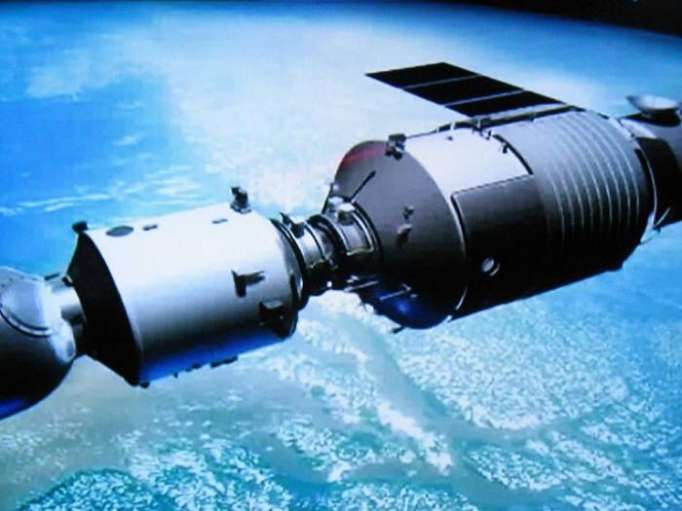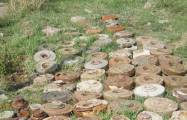Tiangong-1 has been out of control since 2016, with experts estimating it will re-enter the atmosphere at the beginning of April.
Scientists have struggled to pinpoint exactly where the 8.5-tonne module will hit.
The US-funded Aerospace Corporation said there was “a chance that a small amount of debris” could survive re-entry and make contact with Earth.
“If this should happen, any surviving debris would fall within a region that is a few hundred kilometres in size,” the research organisation said in a statement.
The organisation said it was extremely unlikely that a person would be struck by falling debris.
“When considering the worst-case location, the probability that a specific person will be struck by Tiangong-1 debris is about one million times smaller than the odds of winning the Powerball jackpot,” the corporation wrote.
“In the history of spaceflight, no known person has ever been harmed by re-entering space debris. Only one person has ever been recorded as being hit by a piece of space debris and, fortunately, she was not injured.”
However, there is a chance the space station could be carrying a highly toxic and corrosive substance called hydrazine on board.
“For your safety, do not touch any debris you may find on the ground nor inhale vapours it may emit,” Aerospace said.
The Tiangong-1 station was launched in 2011 as one of the great hopes of the Chinese ambitions in space, and as part of a plan to show itself off as a global superpower.
The country’s space agency referred to the station as the “Heavenly Palace” and conducted a range of missions, some of which included astronauts.
The Independent
More about: China
















































